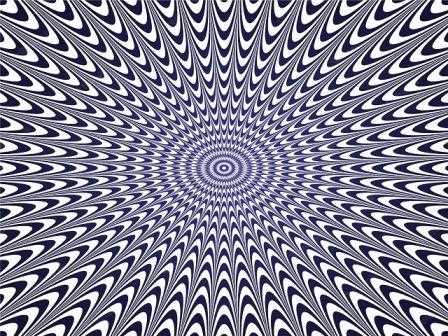Optical illusions are fascinating phenomena that play tricks on our visual perception, causing us to perceive things that may not necessarily correspond to reality. These visual puzzles exploit the limitations and peculiarities of our visual system, often resulting in surprising and deceiving effects. Optical illusions have been studied for centuries, captivating both scientists and artists alike.
The term "optical illusion" refers to any situation in which our visual system misinterprets or distorts the visual information received from our eyes. Our perception is not a direct representation of the external world, but rather a construction created by our brain based on the signals it receives from our eyes. Optical illusions occur when our brain misinterprets these signals, leading to discrepancies between what we see and what is actually there.

There are various types of optical illusions, each exploiting different aspects of our visual system. One common type is the geometric illusion, which involves the misperception of size, shape, or position of objects. For example, the famous Müller-Lyer illusion presents two lines of the same length with different arrow-like endings, causing one line to appear longer than the other. Despite knowing they are equal, our brain interprets the lines differently due to depth and perspective cues.
Another type is the color illusion, where our perception of color is manipulated. The most well-known example is the Hermann grid illusion, where dark spots appear at the intersections of a grid, even though they are not actually present. This effect is caused by the way our visual system processes contrast and edge detection.
Motion illusions are yet another captivating type. The phi phenomenon, for instance, creates the illusion of motion when two static images are presented in quick succession. This principle is used in motion pictures and animations, where still frames are rapidly displayed, tricking our brain into perceiving continuous motion.
Optical illusions have fascinated and puzzled scientists, psychologists, and artists for centuries. They not only provide insights into the workings of our visual system but also challenge our understanding of perception and reality. By studying these illusions, researchers can gain a deeper understanding of the brain's processes involved in visual perception, helping to uncover the complex mechanisms that underlie our visual experiences.